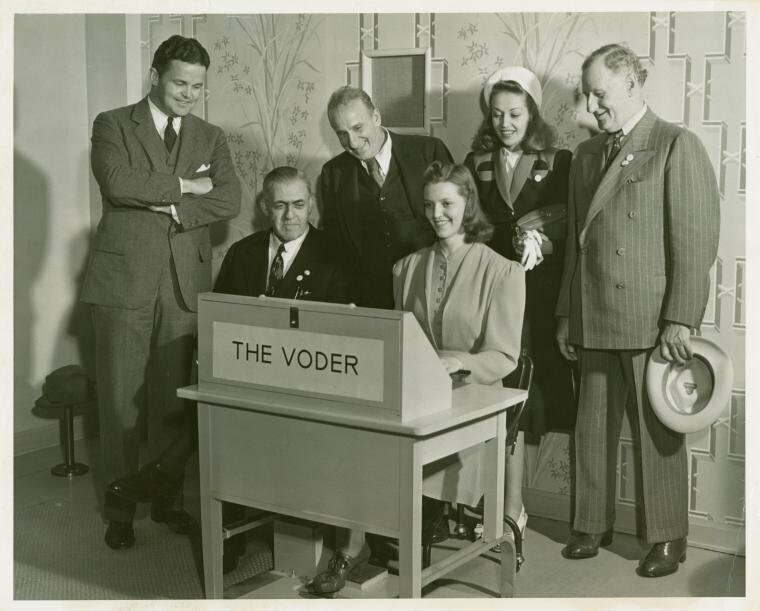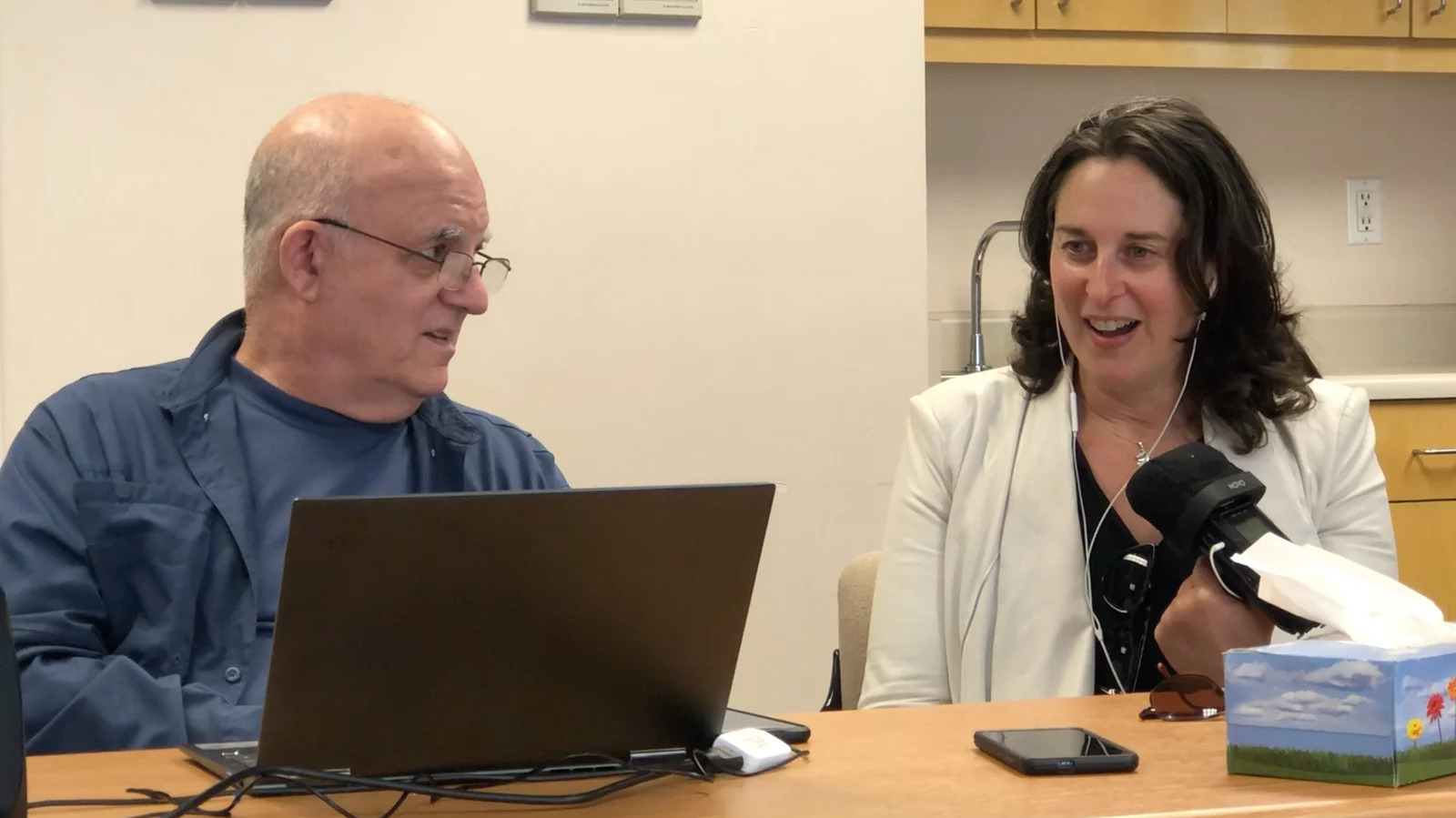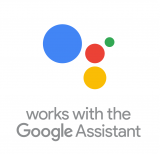Machines that talk have existed in our lives for years.
In 1939, Bell Laboratories changed everything by unveiling The Voder, the first electronic vocal synthesizer.
Featured at the New York and San Francisco World’s Fair, it was played using 10 keys, a foot pedal and a bar controlled by the operator’s wrist. The demonstration marked the first time the world heard what a modern machine voice could sound like.
Today, most of us find ourselves surrounded by many machines that talk (Alexa, Siri, Google Assistant, to name a few) and they increasingly sound a lot like us. With advances in artificial intelligence (AI), it’s getting harder to distinguish these synthetic voices from human ones.





